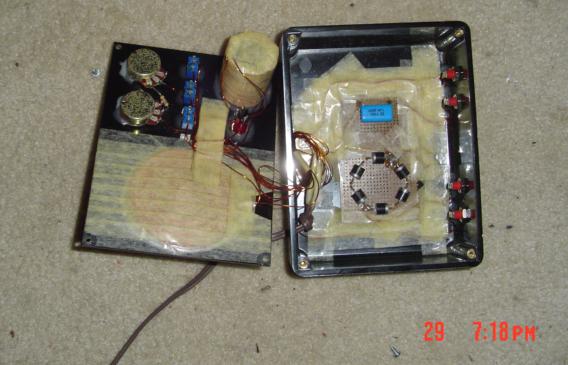Einstein
Temporal Engineer
- Messages
- 5,413
Einstein your magnet is much prettier than mine
I spent a week making mine. The aluminum spacers I made on my metal lathe. But wooden spacers would have done just as well.
Einstein your magnet is much prettier than mine
Here is a pic with just 1 layer. Just change direction during winding 6 more times.

Here is a pic with just 1 layer. Just change direction during winding 6 more times.

thank you Einstein, so this is 7 layer coil , each layer need separator silicon tape ?
Here is a pic with just 1 layer. Just change direction during winding 6 more times.

thank you Einstein, so this is 7 layer coil , each layer need separator silicon tape ?
This would be a coil that represents a coil with just one layer. But if you are using enamel covered magnet wire, no insulation between layers is needed. Just use the silicone tape after you are done winding the whole coil. The silicone tape is there as an additional layer of protection from the AC line current.


Einstein, I like the way your caduceus coils looks embedded in the resin, do you feel that it is loosing any of it's sensitivity due to the thickness of the epoxy resin or would that have any effect at all.?
